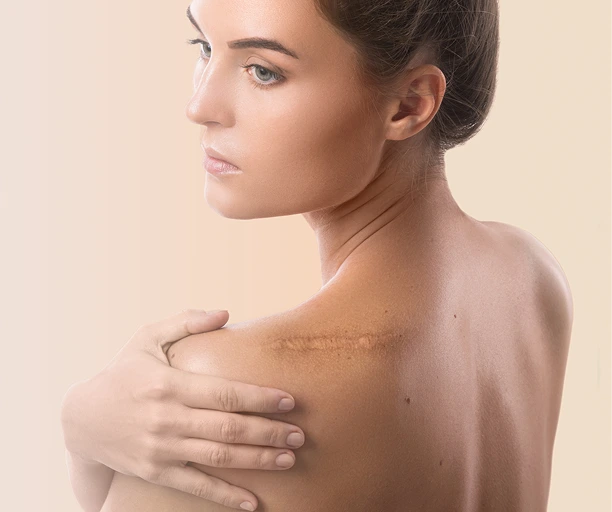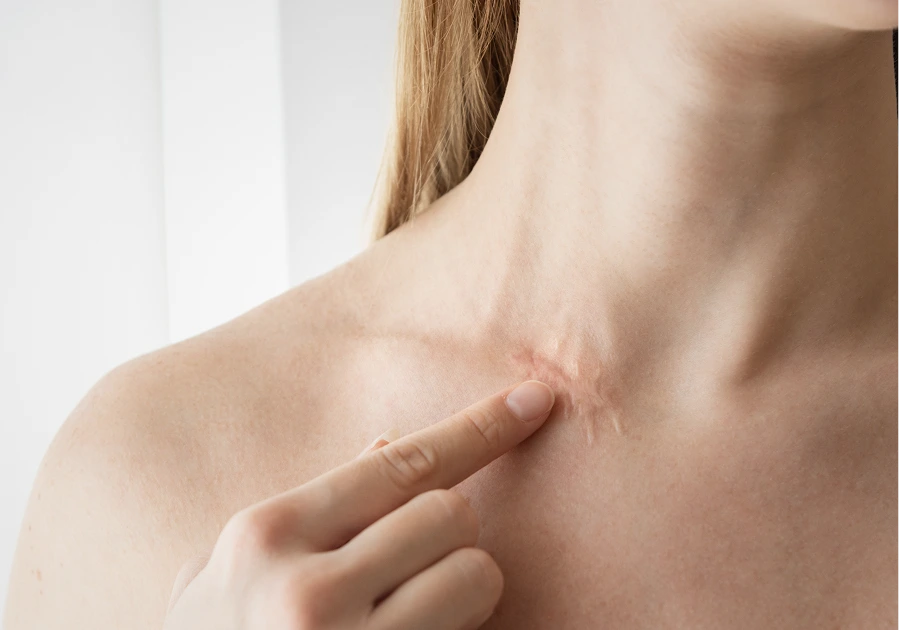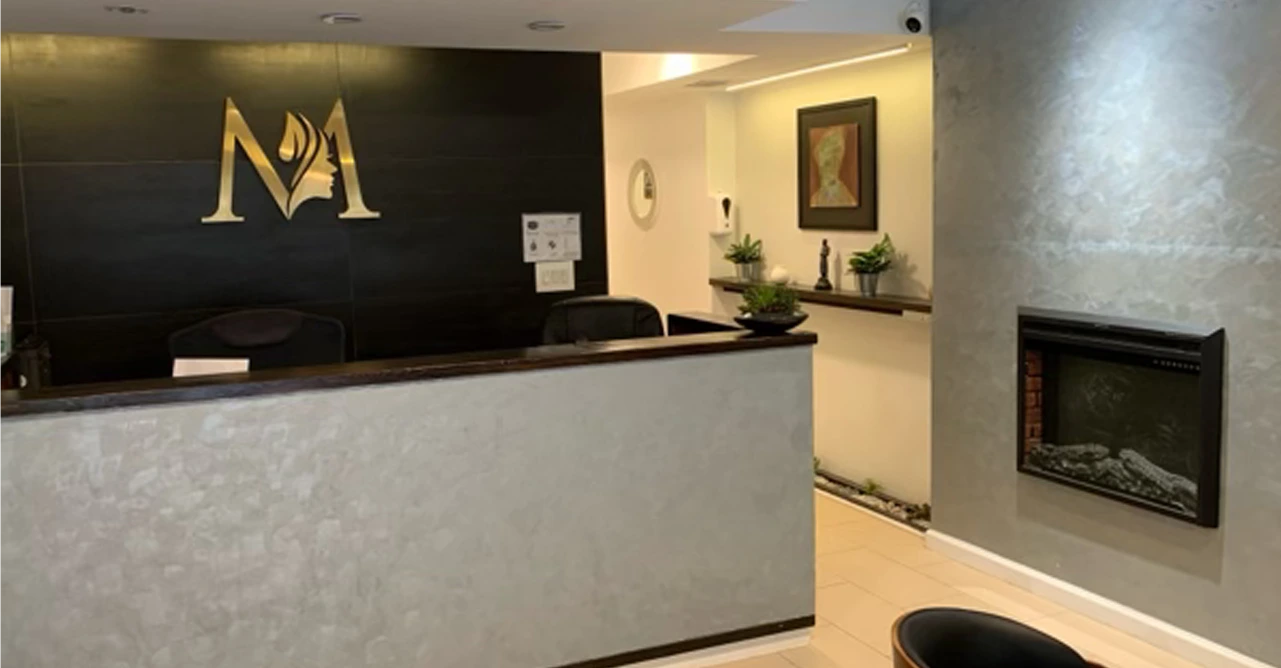It is well-known that healing from injury, or even planned surgeries, can result in unexpected or abnormal scar formation. There is no way to predict how the body will recover or how a scar will develop because it depends on the size and depth of the wound, blood supply to the site, and other factors. Dr. Sabry can often improve the appearance of a scar through injections, by prescribing the topical application of steroid medications, or through surgical procedures known as Z-plasty.

Ongoing treatment may be a combination of scar removal with steroid injections, topical application of steroids, laser, or radiation therapy. Dr. Sabry may ask you to wear a compression garment over the area for up to a year. Even so, the keloid may return, requiring repeated procedures every few years.
These scars are thick, red, and raised. They differ from keloid scars in that they do not spread. A conservative first approach would be topical steroid applications or injections. If that approach does not yield the desired outcome, laser treatments or surgery may be the next option. Dr. Sabry will outline a procedure plan with you that may involve laser treatment or surgical removal of excess scar tissue and reorienting the incision. The size and location of the scar will determine if the surgery is done under local or general anesthesia.
Dr. Sabry may be able to reposition a facial scar to run parallel to the natural creases and lines in the skin, making it less conspicuous. Medical-grade skincare and Rx topicals may lessen the appearance of facial scars by evening out, lightening, and correcting pigmentation irregularities. Some facial scars can be softened using dermabrasion or other ablative and semi-ablative modalities.

During your scar revision consultation, Dr. Sabry will answer your questions about the procedure and discuss any safety concerns related to the surgery. He will examine your scar and give you his recommendations for treating it, whether surgical or non-surgical. It is very important to remember that the outcome can be unpredictable, whatever approach you choose. Therefore, patients must have realistic expectations before proceeding.
Z-plasty is a surgical technique used to improve the cosmetic appearance of scars and to reduce tension and contractures at the site. It requires an experienced plastic surgeon. Using this technique, Dr. Sabry will reposition the scar to conform to natural lines and creases in the treatment site. He will remove the old scar and make new incisions on each side, creating small triangular skin flaps. These flaps will be rearranged to cover the wound at different angles, giving the scar a “Z” pattern. The incision will be closed with delicate stitches, which either reabsorb or are removed a few days later. Z-plasty is usually performed as an outpatient procedure under local anesthesia. It won’t make scars disappear entirely – a portion of the scar will remain outside the lines of relaxation.

Scar revision is considered for many individuals with different types of scars. Suitability depends on the nature of the scar, the person’s overall health, and the stability of the scar tissue. The following are common groups of candidates for scar treatment:
The cost of scar revision in NYC ranges from $500 to $5,000, depending on the type and complexity of the procedure. Factors such as the size and location of the scar, the method of scar treatment used, and whether local anesthesia or sedation is required can all influence the final price. Additional expenses may include consultation fees, follow-up visits, and any prescribed medications to support healing.
You will receive personalized price quotes during the initial appointment with Dr. Sabry.
